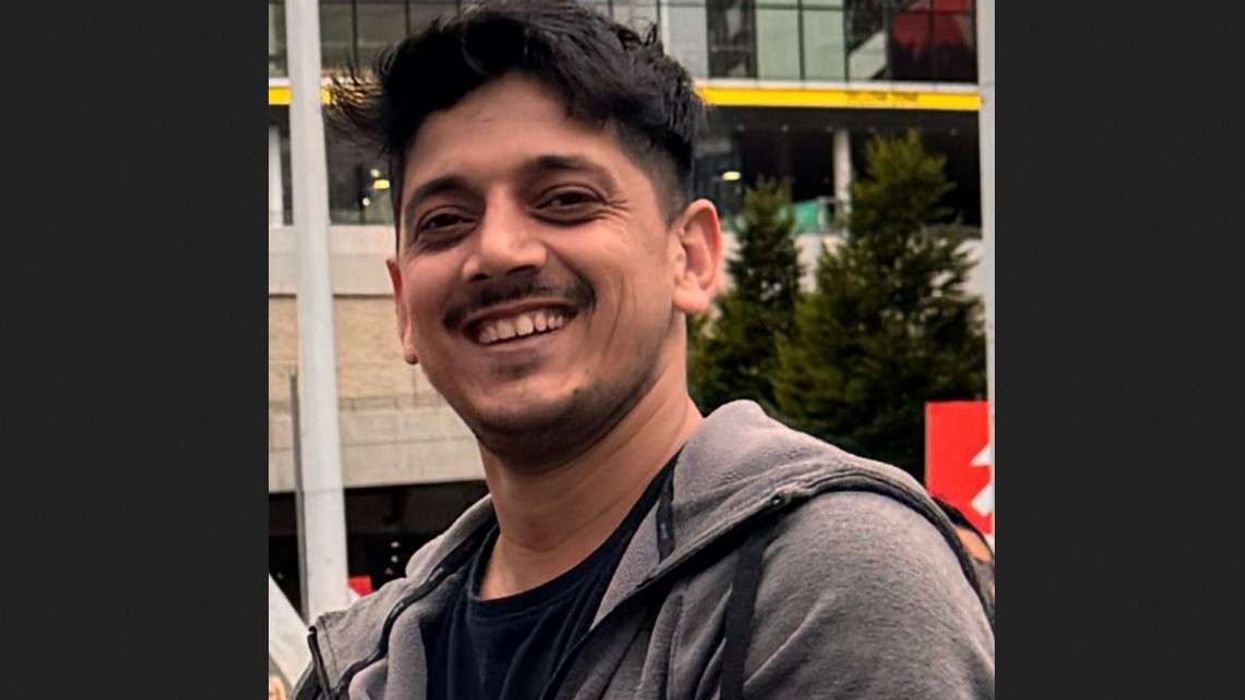Pakistan has raised concerns with the United Arab Emirates that many citizens were returning home from the Gulf Arab state infected with COVID-19 and that crowded living conditions for workers in the UAE may be helping spread the virus, officials said on Tuesday.
"Both (governments) are working together to find (an) optimal solution to this shared concern," ministry spokeswoman Aisha Farooqi said.
A UAE foreign ministry official later said the government “completely rejects this version of events”.
"Everyone on UAE repatriation flights has been tested before departure, and those found to be infected were not allowed to travel," Assistant Undersecretary for Consular Affairs Khalid al-Mazrouei said.
The official did not address Islamabad's concerns about living conditions.
Moeed Yusuf, Special Assistant to Pakistan's Prime Minister on National Security, said the number of people returning from the UAE and testing positive was "higher than we were hoping". On most flights, around 12 per cent were testing positive but on a couple of flights that number rose to between 40 per cent and 50 per cent.
"The hypothesis is that a lot of the labourers live in crowded dormitories and in those, essentially, it's easier to infect each other," he told Reuters.
The UAE is home to around 1.5 million Pakistanis, many of whom are low-wage workers living in crowded housing and are now out of work and stranded due to the coronavirus crisis.
Repatriation flights began last month after tens of thousands of Pakistanis in the UAE asked their government to be flown home. The UAE had also warned it could review labour ties with countries refusing to take back its nationals.
Around 60,000 Pakistanis have so far registered to return from the UAE, according to Pakistan's consulate in Dubai.
Yusuf said that balancing the needs of the 100,000 citizens globally who had registered as wanting to return home with preventing the spread of the virus was a challenge. The government was testing every passenger on arrival and quarantining them if necessary, meaning it could currently only bring home around 8,000 citizens per week.
"We're not going to compromise on safety but we're facilitating people as much as we can," he said.
Pakistan is dealing with a fast-growing number of cases, as infections reached more than 21,000 with over 500 deaths.
The UAE has reported 15,192 infections and 146 deaths.
Gulf Arab states have ramped up testing after recording a growing number of cases among low-income migrant workers in overcrowded housing.
Low-wage overseas workers are normally a vital source of labour in areas such as construction and transport for many Gulf nations and contribute billions of dollars in remittances to their home countries such as Pakistan, India and Bangladesh.
But many labour rights activists say they are vulnerable to exploitative labour practices and poor working and living conditions
An overseas worker in Dubai said that he lived with three others in a small room with bunk beds and some workers lived six to a room.
"It's risky when you live together," he said, asking not to be named. "It's not good for us right now, the situation with COVID-19."





 Jahanvi Tiwari is reshaping global beauty by celebrating brown skin Jahanvi Tiwari is reshaping global beauty by celebrating brown skin
Jahanvi Tiwari is reshaping global beauty by celebrating brown skin Jahanvi Tiwari is reshaping global beauty by celebrating brown skin  Jahanvi Tiwari celebrates brown beauty for a global audience
Jahanvi Tiwari celebrates brown beauty for a global audience The Brown Daughter creator champions inclusivity and self-confidence
The Brown Daughter creator champions inclusivity and self-confidence Jahanvi Tiwari turns representation into a lifestyle movement
Jahanvi Tiwari turns representation into a lifestyle movement 






